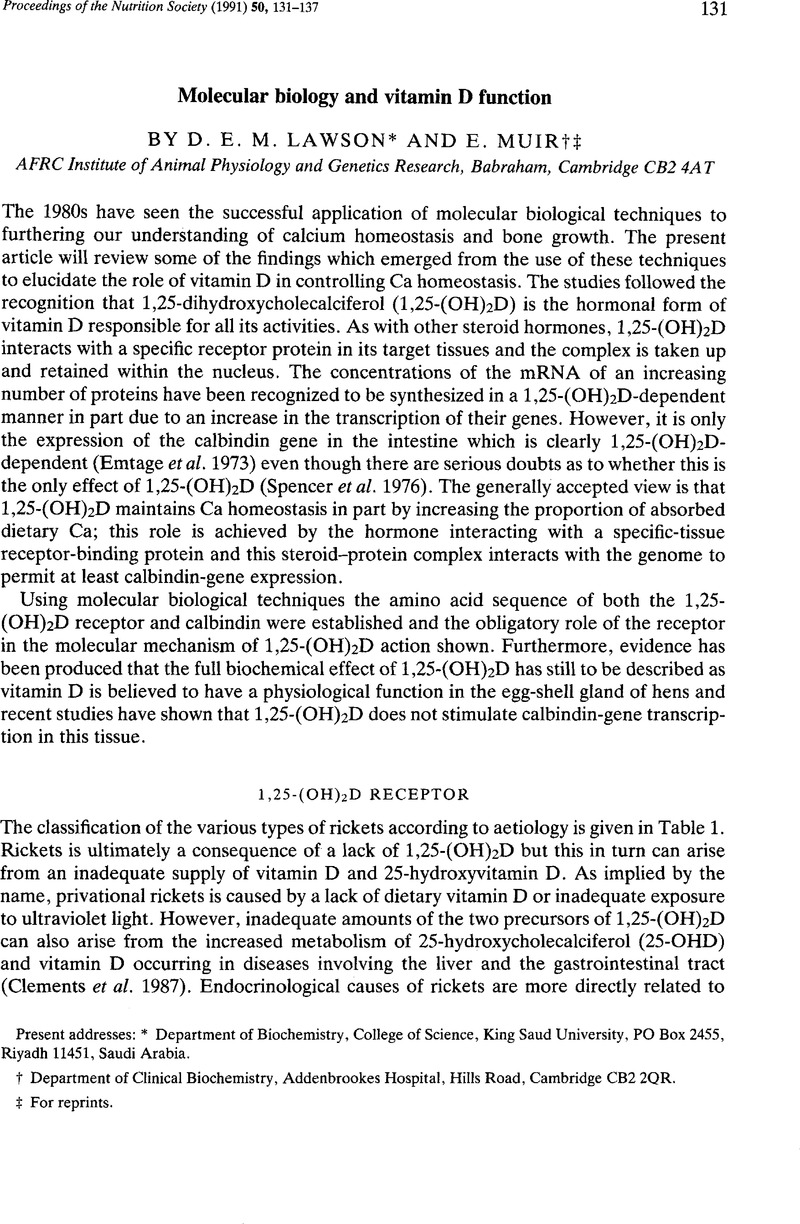Crossref Citations
This article has been cited by the following publications. This list is generated based on data provided by Crossref.
Mehta, R. G.
Mehta, R. R.
Lazzaro, G.
Constantinou, A.
Moriarty, R. M.
Penmasta, R.
and
Guo, L.
1997.
Prevention of Preneoplastic Mammary Lesion Development by a Novel Vitamin D Analogue, 1 -Hydroxyvitamin D5.
JNCI Journal of the National Cancer Institute,
Vol. 89,
Issue. 3,
p.
212.
Ng, Kong Wah
and
Martin, T. John
1998.
Molecular and Cellular Biology of Bone.
Vol. 5,
Issue. ,
p.
65.



